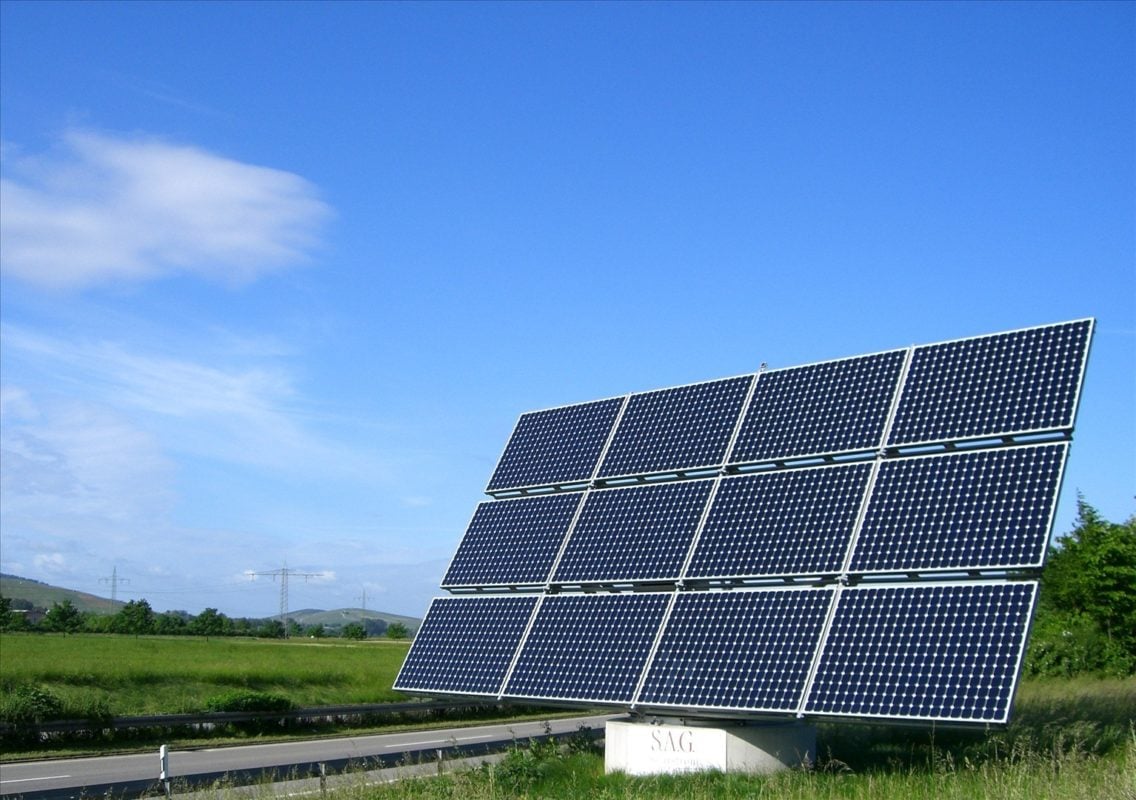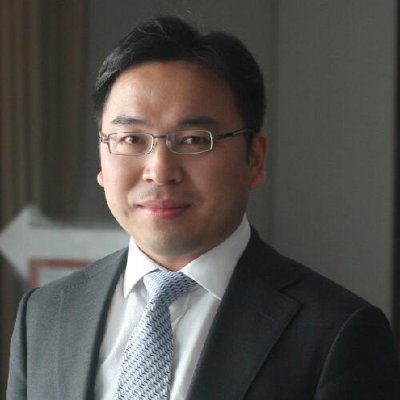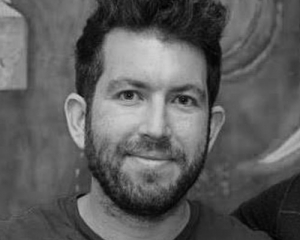
TerraForm Global appoints new COO and CAO
Continuing its trend of prolonged turbulence in the wake of its parent company going bankrupt, Terraform Global, Maryland-headquarted yieldco of SunEdison, welcomed a new COO and CAO.
At the end of last month, Thomas Studebaker was appointed chief operating officer (COO) of the company and David Rawden as interim chief accounting officer (CAO). Both individuals are joining the embattled yieldco as former managing director and director, respectively, of AlixParnters’ Turnaround and Restructuring practice.
Unlock unlimited access for 12 whole months of distinctive global analysis
Photovoltaics International is now included.
- Regular insight and analysis of the industry’s biggest developments
- In-depth interviews with the industry’s leading figures
- Unlimited digital access to the PV Tech Power journal catalogue
- Unlimited digital access to the Photovoltaics International journal catalogue
- Access to more than 1,000 technical papers
- Discounts on Solar Media’s portfolio of events, in-person and virtual
Or continue reading this article for free
Manz AG appoints representative of Shanghai Electric to the Supervisory Board

At its annual general meeting this week, Manz AG appointed Guoxing Yang to its supervisory board. Yang joins the German multinational engineering company as a deputy director of business development for Chinese industrial conglomerate Shanghai Electric Group, and succeeds Peter Leibinger.
This move is further consolidation of the relationship between Manz and Shanghai Electric following their investment partnership formed in February. The Chinese group acquired a major participating interested in the company in May as an anchor shareholder.
According to the company, with Shanghai Electric as a strategic partner, Manz AG sees potential to commercialise its CIGS thin-film solar technology in the Chinese market.
Dieter Manz, founding partner and CEO of Manz AG, said in a statement: “2015 was the most difficult year in our company’s history. We all have made efforts to emerge stronger from this situation, and with Shanghai Electric, we have a financially strong, strategic partner for the future…we are pleased to welcome now Guoxing Yang to the board and are confident that in the coming months we will have good things to report in the next steps of this partnership.”
Mosaic makes three new executive hires

Solar Mosaic, a major provider of residential solar loans, strengthened its executive bench with a new chief credit officer, general counsel and managing director of capital markets, as the company is poised for market expansion.
But the Oakland, California-based financial solutions provider was not always a prominent financier, with its origins laying in crowdfunding.
“It was very challenging from a regulatory perspective to do crowdfunding,” Dan Rosen, the company’s founder and president, told PV Tech. “The laws have not really been hammered out, and it’s very prohibited for retail investors. We have not closed the book on it [entirely], but in the meantime there is a lot of institutional capital that wants to invest in clean energy and they need platforms to do so.”
From day one, Mosaic has been about, how do we get people to prosper from clean energy? And get as many people to benefit from clean energy? Through a loan, we are helping people own their own power, and that was just such a better economical proposition than what was currently in the market, and it was very aligned with what we were already wanting to do; it’s just a different orientation if you will.”
Currently the largest residential solar lender by volume in the US, Mosaic has plans to expand into new verticals this year including efficiency (HVAC, windows, lighting), energy storage and home automation. Its flagship products, residential solar loans, are available in 10, 15, 20 and 25-year offerings.
“With the new utility bill plus the loan payments, we are trying to help the customer save more money than what they were previously paying,” said Rosen. “How our loan products differ from others is that we have a network of the top installers in the country that are using it and offering it to their customers; we have partnerships with most of the major installers. Basically everyone in the top ten minus Sunrun uses Mosaic.”
The rapidly growing provider of consumer lending solutions has an ambitious target of originating US$1 billion in residential solar loans by the end of the year. Mosaic believes that the new executive hires will play a big part in reaching that goal.
“The new hires are bringing in world-class people from finance; Eric from SoFi – one of the largest lenders in the country for student loans – Katya who has an incredible depth of capital markets experience and Mike McDermitt who has incredible credit underwriting and securitisation experience. So that bench is really levelling up the company’s both capital raising efforts and just showing the maturity of the company,” said Rosen. “We are no longer a start-up but a true growth company, laying the foundations for doing billions of originations a year.”
Rosen also highlighted to PV Tech the importance of residential solar financing mechanisms in today’s global market. “There’s been sort of a revolution in the past few years to go from third-party ownership to solar loans and it’s been incredible,” he said. “We see the trend really moving forwards for ownership, and really moving forwards, lending is a better economic proposition for the customer – it’s easier.
“We didn’t expect it to go as fast as we did, we thought it would be more gradual, but the transformation has really been more significant and quick. I think you’re going see that trend continue as the market matures and as we continue to grow.”
Morgan Solar’s new CEO talks the place in the market for CPV

As previously reported, Toronto-based concentrated photovoltaics (CPV) start-up Morgan Solar appointed former Celestica executive Mike Andrade as its new CEO.
Former president of diversified markets at the electronics manufacturer, Andrade spoke to PV Tech about future ambitions of Morgan Solar as well as the place in the market for less popular CPV technology.
What are your priorities for the company moving forward in your new role as CEO?
I’ve only been here six weeks so I’m certainly making sure I understand what is working well here – and a lot is working well – before I say I’m going to change everything. I am being careful not to be too rash. I’ve had 30 years’ experience in the technology industry and I’ve been fortunate to see hundreds of the best companies in the world. And a lot of different industries too including solar, how they grew and how they introduced products.
What I am focusing on are the things that I have seen have led to success in the past, irrespective of solar etc. and generally that is down to focusing on – its trite – but focussing on what your customers want and making sure that you have the right proof points, capabilities and relationships to deliver on that. That is the basics of it. And that is how I’m starting off here as well.
The mission statement of the company is to make unsubsidised solar competitive with traditional sources of generation. But how are you dealing with making CPV competitive with conventional PV?
I’m glad you’ve brought up the mission statement because that is one of the things that really attracted me to come and work at Morgan Solar. I chose to come here because I think the mission is one that is worth doing. It is a very important time, frankly, for the world to figure out how to more effectively generate the energy that it needs without harming the environment. At the same time, the economy is not great and people do not want to overly subsidise solar in order to do that. I really feel that Morgan Solar is a way that really cracks the code of generating solar energy without a lot of subsidisation and at the same time creating jobs, which is a big factor for us. I really do believe in that and I’m glad that you brought that up; that’s why I’m here.
The first thing is, I love solar, but I’m not in love with our solar technology. What I believe very strongly in is that it starts off with the customer and what the customer needs. And frankly oftentimes solar companies, like many companies, when they have a technology, if all you have is a hammer right everything looks like a nail! You just keep trying to nail it and say, I’ve got my CPV technology and I’m going to solve every problem with CPV. I don’t think that’s how markets work or customers work. I think people have a need for solar, whether its low-cost utility-scale solar in a distributed power, it’s high efficiency on a rooftop or maybe it’s in a desert somewhere where there’s no grid but they need effective ability to generate solar to offset diesel…regardless of what the end market is, there is a need they have and then you have to figure out what that need is and whether your technology solves it. So I don’t really come from the place that it's CPV and we are competing against PV; we are competing against customers’ needs and their other alternatives to generate electricity; solar or otherwise.
That’s the first thing that I would say there. Then when you look at the alternatives to do that, of course standard PV is the dominant one and I think it works in a lot of different applications. But I think it's reaching limitations; the ability to generate electricity more efficiently with PV…the curve is flattening out and the ability to take cost out…the returns are diminishing also in traditional PV. People are wrestling with how [to] break the back of this high-efficiency at a reasonable cost and whether it be in more exotic silicon-based technologies or CPV, people are trying to figure it out. But frankly, most have not really worked because they don’t really work from a cost standpoint and they don’t really work from a ability to manufacture them at scale standpoint. That’s where I think historically CPV and other technologies have probably not succeeded.
The additional optics for focussing sunlight drive up the cost for CPV compared to conventional PV – how can CPV overcome this?
I think that’s a great and perceptive way of looking at it, because as soon as you are slapping on something else besides the glass and whatever conversion medium you are using, you are adding something to a product that works pretty well and is proven all around the world. You have to have a very good reason to do that, so I think for us, it’s clear on the efficiency standpoint, that some sort of focusing or concentration will improve your ability to capture light.
The challenge then is can you efficiently convert that light in to electrical energy? And that’s where I think a lot of CPV systems are starting to struggle because you have to add heat-thinking and lenses and all manner of things that frankly, I think are good for collecting the light, but aren’t particularly good for converting the light to electricity and are also expensive. And even more so than expensive, are difficult to manufacture at scale.
Your point about the optics as being additional is true and historically if you take the traditional approach at optics, it has proven to be too expensive and or difficult to manufacture at scale, so that’s why I think the Morgan Solar, out of all the technologies that I saw in my past that tried to break this efficiency-cost conundrum that the industry is dealing with, I think has a pretty good chance. While it does add on optics, and it does have to deal with the efficiency of converting that high amount of light into electricity effectively, Morgan Solar is doing that in a way that still allows us to rely on relatively tried and true process technology that are well-established in the electronics in the solar world. And I think that is probably the difference; the additional cost that you might have from optics is minimised because of the industry-standard nature of the approach that Morgan Solar has because of its intellectual property. And combined with the cost of the optics, is not as significantly higher than traditional PV like it is on some CPV systems.
The full interview with Mike Andrade can be viewed here.
